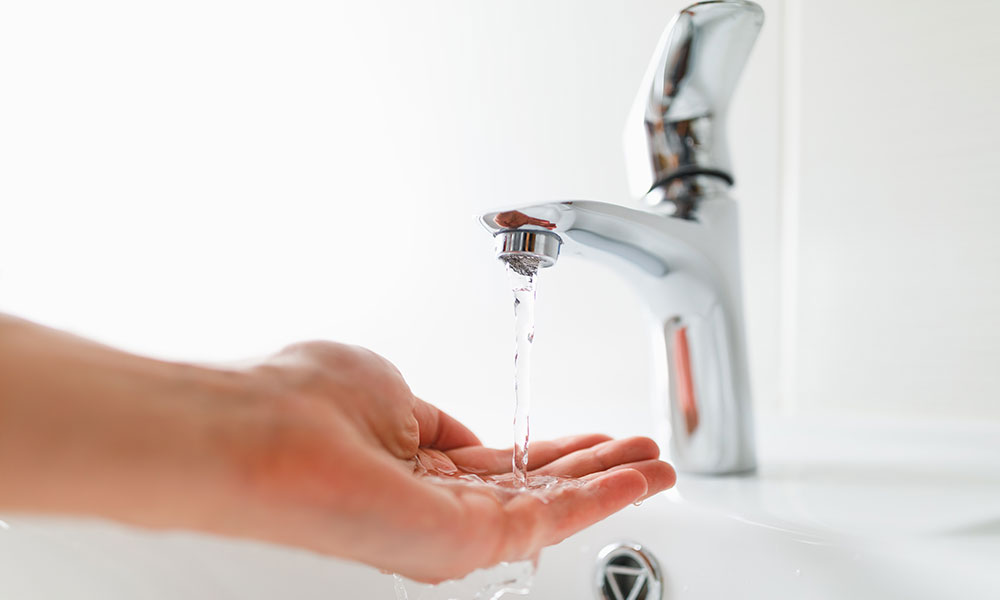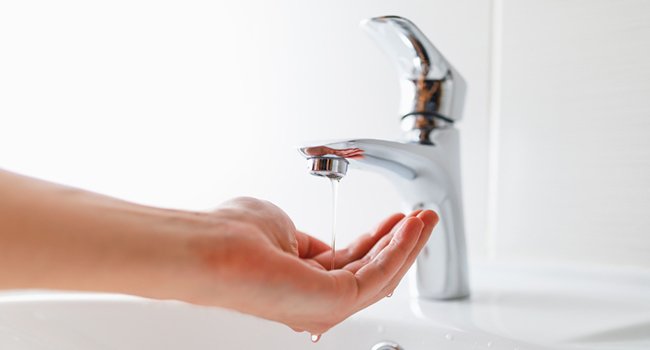The writer is making a number of great pointers relating to Dealing with Low Water Pressure in Your Home in general in the content down below.

Low tide stress in your home can be a frustrating trouble, affecting every little thing from showering to cleaning recipes. If you're experiencing weak water flow, there are numerous possible causes and remedies to discover. In this overview, we'll go over usual factors for low tide stress and functional actions to deal with the issue efficiently.
Introduction to Low Water Stress
Low tide stress takes place when the flow of water from your taps, showers, and various other fixtures is weaker than typical. This can make everyday tasks a lot more tough and less reliable. Understanding the root causes of low tide stress is critical to discovering the best service.
Usual Sources Of Low Tide Pressure
Pipe Obstructions
Over time, pipes can come to be blocked with mineral deposits, debris, or particles, limiting the flow of water. This is a common issue in older homes with galvanized steel pipelines.
Deterioration
Rust within pipelines can bring about leaks and reduced water stress. Corrosion buildup can restrict water circulation, particularly in aging plumbing systems.
Faulty Stress Regulators
Stress regulatory authorities are responsible for maintaining constant water stress in your house. If they malfunction, it can result in low tide pressure or uneven circulation throughout your home.
Community Water Supply Issues
Occasionally, the problem exists outside your home. Local water system issues, such as main line leaks or maintenance work, can temporarily minimize water stress in your area.
How to Identify Low Water Pressure
Inspecting Taps and Components
Start by examining the water stress at different faucets and components throughout your home. If the concern is isolated to specific locations, it might show localized problems.
Checking Pipelines
Inspect visible pipes for indicators of leaks, corrosion, or clogs. Pay attention to any kind of uncommon sounds, such as knocking or rattling pipelines, which might show problems within the plumbing system.
Consulting with a Plumber
If you're incapable to determine the root cause of low tide pressure, think about hiring a professional plumber to perform a complete evaluation. They can recognize underlying problems and suggest proper solutions.
DIY Solutions to Deal With Low Tide Pressure
Cleansing Aerators and Showerheads
Natural resources can collect in aerators and showerheads, minimizing water flow. Eliminate and cleanse these elements on a regular basis to improve water stress.
Flushing Hot Water Heater
Debris accumulation in the water heater can limit flow and decrease performance. Purging the container occasionally aids eliminate debris and maintain optimal efficiency.
Inspecting Stress Regulatory Authority
Ensure that the pressure regulator is operating appropriately. Readjusting or changing the regulatory authority can aid bring back appropriate water stress throughout your home.
Cleaning Clogs in Pipes
For minor clogs, attempt utilizing a plumbing snake or chemical drainpipe cleaner to clear blockages in pipes. Be cautious when making use of chemicals and comply with safety and security guidelines.
When to Call a Specialist Plumber
If do it yourself efforts fall short to resolve the issue or if you think significant plumbing issues, it's best to look for support from a licensed plumber. They have the expertise and devices to attend to complicated concerns securely and efficiently.
Preventive Measures to Preserve Water Pressure
Regular Maintenance
Set up routine upkeep for your plumbing system to prevent problems such as deterioration, leakages, and obstructions. Resolving small issues early can aid stay clear of more significant repair work later on.
Setting Up a Stress Booster
Consider installing a pressure booster pump to improve water stress in locations with continually low circulation. This can be especially beneficial for multi-story homes or residential or commercial properties with high-demand fixtures.
Surveillance Water Usage
Be mindful of water use behaviors and avoid ill-using the plumbing system. Basic adjustments, such as staggering showers and washing tons, can help keep ample water pressure.
Conclusion
Dealing with low tide stress can be discouraging, but identifying the underlying reasons and carrying out suitable options can restore optimum circulation throughout your home. Whether it's cleaning up aerators, checking pipelines, or speaking with a plumber, taking proactive actions can guarantee a steady supply of water for your daily demands.
FOUR WAYS TO FIX LOW WATER PRESSURE NOW
Turning on a shower or faucet only to find the water comes out in a sad, slow drizzle is never a good feeling. How exactly are you supposed to wash a pan or take a quick shower when it takes 10 minutes just to rinse off a little soap? The good news is that when your water pressure is bad, there's always a cause: typically one that can be easily fixed. Here are some of the most common causes of low pressure and what you can do to fix the issue:
DEBRIS AND MINERAL DEPOSIT BUILDUPS
If you notice low water pressure from just one or two of the fixtures in your house, the problem likely has to do with debris buildup. Water is full of minerals and other debris, all of which can accumulate in your pipes and on your fixtures. This can cause a blockage that affects how much water flows through. To fix this, try filling a small plastic bag with white vinegar, and use a rubber band to hang it around your showerhead or faucet. Let the head of the fixture soak for a few hours, and the vinegar should loosen the deposits.
WATER LEAKS
Leaks are another common cause of low water pressure. If water is flowing out of your plumbing through a hole or crack before it can reach your fixture, the pressure coming out of the faucet or showerhead will be lower. A plumbing professional is your best bet for finding and repairing a leak in your water supply pipes.
Leaks are another common cause of low water pressure. If water is flowing out of your plumbing through a hole or crack before it can reach your fixture, the pressure coming out of the faucet or showerhead will be lower. A plumbing professional is your best bet for finding and repairing a leak in your water supply pipes.
A VALVE ISSUE
If you have low water pressure throughout your home, check your main shut-off valve to make sure it's completely open. You may also want to see if there's a pressure-reducing valve installed. If there is, have a plumber help you adjust the settings to get the pressure you're looking for.
OTHERS USING WATER
Believe it or not, your low water pressure could be caused by your neighbors. If you notice low pressure at certain times of day, it may be because you and the people living next to you have similar schedules - when everyone is showering at the same time, the pressure will be lower in every home. Low pressure throughout the neighborhood may also be caused by an issue with your municipal water supply. If that's the case, call the supplier to see if they're working on the issue.
https://www.rotorooter.com/blog/water-leaking/low-water-pressure-fixes/

I was made aware of that editorial about through a pal on another website. Do you know about another individual who is excited about the subject? Why not promote it. Thank you so much for your time invested reading it.
Visit The Following Page
Comments on “Steps to Deal with Low Water Pressure in Your Home”